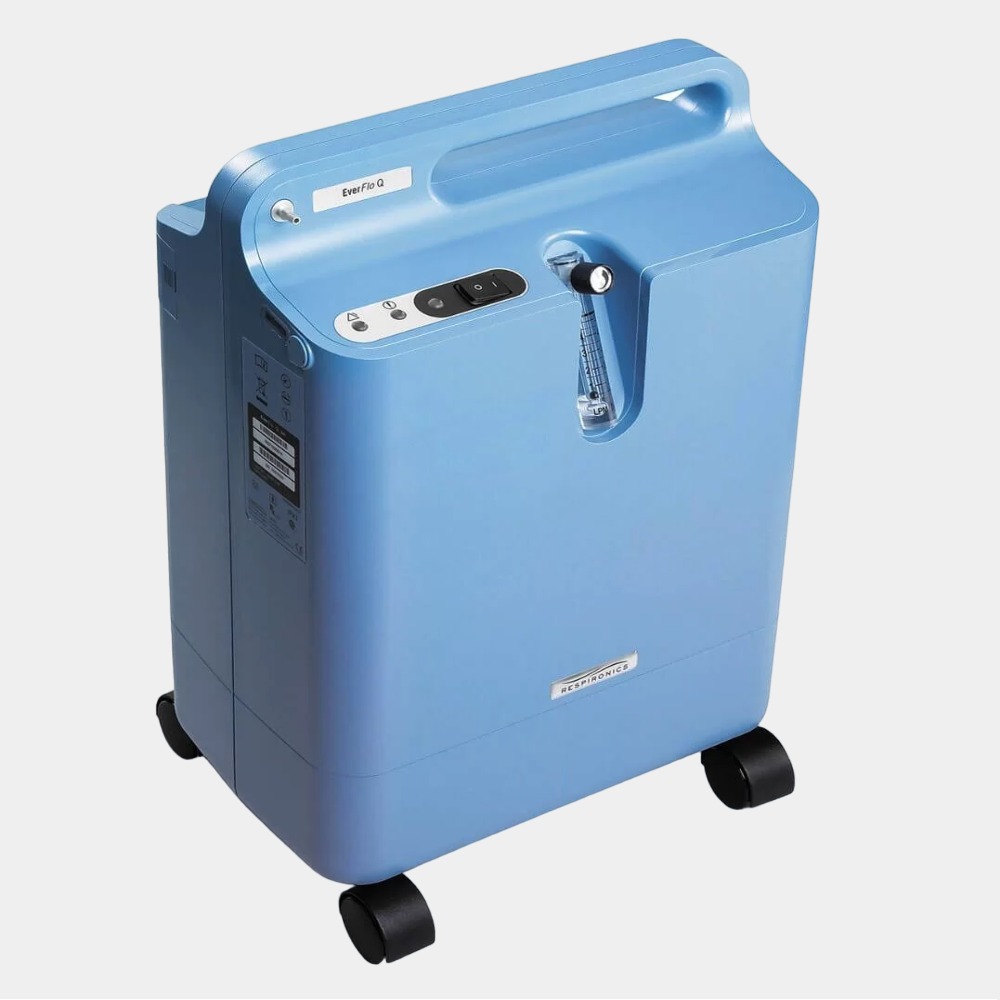A home oxygen machine, also known as a home oxygen concentrator, is a vital medical device for individuals suffering from respiratory conditions such as chronic obstructive pulmonary disease (COPD), asthma, or other lung disorders 手提氧氣機. These machines help ensure that patients receive a steady supply of oxygen, improving their quality of life and reducing health risks associated with low oxygen levels.
How Does a Home Oxygen Machine Work?
A home oxygen concentrator works by drawing in ambient air, filtering out nitrogen and other gases, and delivering concentrated oxygen to the user through a nasal cannula or mask. Unlike traditional oxygen tanks that require refilling, oxygen concentrators generate oxygen continuously, making them more convenient for long-term use.
Benefits of Using a Home Oxygen Machine
-
Improved Oxygen Levels – These devices help maintain adequate blood oxygen levels, reducing symptoms like shortness of breath, fatigue, and confusion.
-
Enhanced Quality of Life – Users often experience increased energy levels, better sleep, and improved overall well-being.
-
Cost-Effective – Compared to oxygen cylinders, home oxygen concentrators are a long-term investment that eliminates the need for frequent refills.
-
Convenience and Mobility – Many models are lightweight and come with wheels or handles for easy transport within the home. Some portable versions allow users to maintain an active lifestyle outside the home.
Who Needs a Home Oxygen Machine?
Doctors typically prescribe home oxygen therapy for individuals with:
-
Chronic respiratory diseases such as COPD, emphysema, or pulmonary fibrosis.
-
Low blood oxygen levels detected through pulse oximetry or arterial blood gas tests.
-
Conditions such as sleep apnea that require supplemental oxygen during sleep.
Choosing the Right Oxygen Concentrator
When selecting a home oxygen machine, consider:
-
Flow Rate – Some patients require a higher flow of oxygen than others, so ensure the machine meets the prescribed needs.
-
Size and Portability – If mobility is a priority, a portable concentrator might be the best choice.
-
Noise Level – Quieter models are preferable for those who are sensitive to noise, especially for nighttime use.
-
Power Source – Some models come with battery backups to ensure continued use during power outages.
Maintenance and Safety Tips
To ensure the longevity and efficiency of a home oxygen machine:
-
Clean the filters regularly as recommended by the manufacturer.
-
Keep the device in a well-ventilated area to prevent overheating.
-
Avoid smoking or open flames near the machine, as oxygen is highly flammable.
-
Replace tubing and cannulas periodically to maintain hygiene and optimal performance.
Conclusion
A home oxygen machine is a crucial tool for individuals with respiratory conditions, providing continuous and reliable oxygen therapy. By choosing the right device and following proper maintenance and safety guidelines, users can improve their quality of life and breathe easier in the comfort of their homes. Always consult a healthcare professional before starting oxygen therapy to ensure it meets your specific medical needs.
